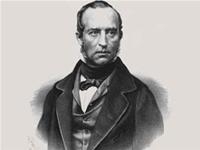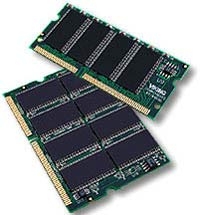 Since the advent of email, we have gradually become accustomed to the symbol “@”, treating it as a simple character, often without considering its origins.
Since the advent of email, we have gradually become accustomed to the symbol “@”, treating it as a simple character, often without considering its origins.
The origin of “@” likely dates back to the Middle Ages, during a time when texts and contracts were recorded in Latin.
In Latin, there existed the preposition “ad” (equivalent to “at” in modern English). When scribes of that era wrote the preposition “ad,” the letter “d” was often accompanied by a small “tail,” resembling the number 6 viewed in a mirror. Consequently, the complete writing of “ad” closely resembled the “@” we know today.
Furthermore, in the 15th century, “@” was also found in documents from merchants of the time. It served as an abbreviation for a unit of measurement—”arroba” (equivalent to 11.52 kg). It’s worth noting that this unit was commonly used for weighing cattle or pigs.
During the Renaissance, “@” was utilized as a symbol representing price. By the time of the Industrial Revolution (the era of capitalism and machinery), “@” frequently appeared in accounting documents and financial summaries, holding a significance comparable to symbols like $, #, and %.
And perhaps “@” would have remained quietly in the background if it hadn’t caught the attention of Ray Tomlinson, a researcher at BBN Technologies in the United States.
Tomlinson is historically recognized not only as the father of email but also as the “owner” of the “@” symbol. BBN Technologies was involved in the ARPANet project, the precursor to today’s Internet, commissioned by the U.S. Department of Defense.
In this project, Tomlinson’s primary task was to design mail systems for communication between computers. One fine day, while working on a 33 Teletype keyboard, Tomlinson suddenly had the idea of searching for a special symbol. A symbol that could not be found in any name and would serve to separate the username from the computer name. It had to be a comprehensive symbol: name – symbol – location.
At that time, after 1971, the “@” symbol was already present on the keyboard, located on the second row from the left. Tomlinson made the most astute decision of his life, a decision that would enter history: the “@” character was chosen. According to him, it met all the criteria he had established.
Interestingly, in different countries, “@” is referred to by various names that carry distinct meanings.
For example, in South Korea, “@” means “snail”; in Finland – “sleeping cat”; in Russia – “puppy”; in Belgium – “screw”; and in Switzerland – “wafer”…





















































